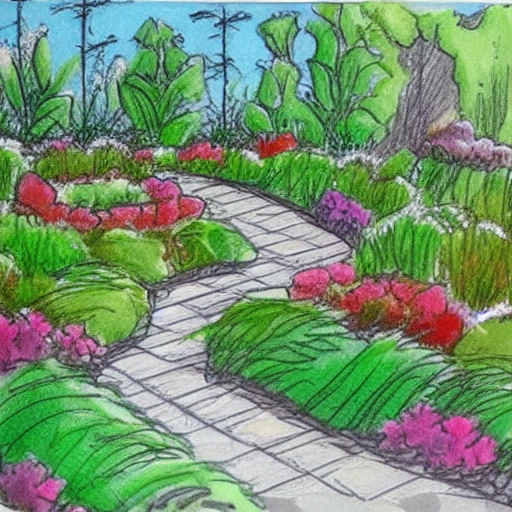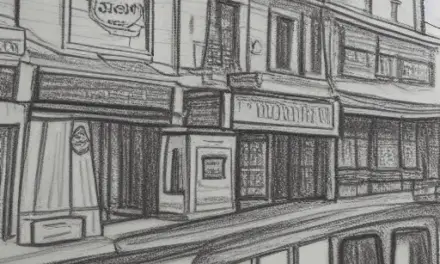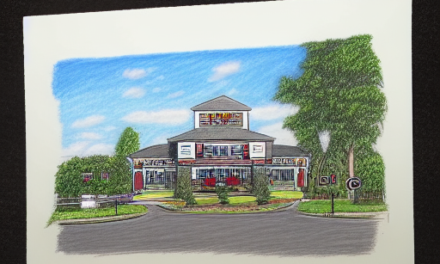You may have limited space in your small garden, but this does not mean that you cannot have a beautiful landscape. With the right landscaping ideas, you can create a unified design. For example, you can create different areas with different focal points. You can also work with existing plants to create a unique design.
Creating “rooms”
A small garden can be divided into several rooms or “rooms.” Each room can have a different purpose. You can create walls or use trees, shrubs, and vines to separate the rooms. You don’t have to make the walls eight feet tall, but they must create the illusion of separation and define the space.
Once you have defined the purpose of each garden room, plan the layout of each area. Start by sketching out the different configurations of the garden. Then, consider how each area will relate to other areas in the yard. For example, how will it relate to your driveway, neighbors, and fence line?
One of the most effective ways to create outdoor rooms is to use plants that grow vertically. Depending on how big the space is, you can plant tall trees that form a sculptural hedge. Japanese maples are ideal for this. They have cone-like growth habits and grow up to five feet tall and three feet wide. You can also grow vines to make a pergola.
The framework of a garden includes walls, terraces, pathways, patios, decks, and other features. You’ll also need to consider the views and light that the area gets throughout the day. You may need to build a gazebo or other shelter if you want to use the space for seating and relaxing. If you have children or pets, you might also want to consider creating different areas of the garden for different uses. The kitchen garden, for example, may be a favorite place for children to play.
Creating focal points
In a small garden, creating a focal point is essential to attract attention to a particular area. Without focal points, a garden can look cluttered and unfocused. A focal point can be a standout plant, group of plants, container, statue, artwork, fountain, or even a seating area. Regardless of its location, a focal point should be as appealing as the view it provides to your home.
When creating a focal point, it’s important to create a design that emphasizes it while not competing with other elements of the landscape design. While a focal point can be anything you want it to be, it should be harmonious with the style of the rest of the garden. When designing a garden with a focal point, use pathways, lighting, and other features to draw the viewer’s attention toward it.
Creating focal points in your small garden landscape design is a great way to make your small yard feel bigger and more inviting. They are the best way to showcase your home’s best features and set the mood for your entire landscape. They can also help you create a visual connection between the interior and exterior spaces. For example, placing a large planter near a window lets you view the plants from the inside as well as the outside. This helps create a more harmonious flow between the house and garden, and makes the entire landscape look like a single entity.
Another effective way to create a focal point in your small garden is to plant a large tree or group of plants. When choosing plants, choose those that will look good throughout the year. You can also create a seasonal focal point by planting annuals or perennials near a large tree. Another good option for creating a focal point in a small garden landscape design is to use climbing plants. Many of these plants are beautiful and fragrant, and they can make a great focal point.
Creating a unified design
If you’re trying to create a unified small garden landscape design, you may want to repeat a dominant shape in your landscape. For example, if you have a rectangle space, you can try using other shapes to create a more attractive and unified look. You can also add height to a lawn by planting ornamental trees behind or in front of it. Perennial gardens are also a great way to add low interest to a space. If you have a large expanse of lawn, add elements such as trees or shrubs to break up the expanse.
Repetition is a great way to make a garden feel more magazine-worthy. By repeating one or two plants in your landscape, you can create a harmonious look. You can also tie your garden together by purchasing multiples of the same plant. You can also use walkways to connect areas in your garden.
The visual details in plants, garden ornaments, and hardscapes all have their own unique visual details. The best way to use them together is to create a cohesive and fascinating landscape design. Incorporate some scents into your garden to give it a more sensory experience. This will also help to draw your attention to the different elements in the landscape.
Another way to create a harmonious and unified small garden landscape design is to choose a theme. It will guide you in selecting the plants, decorations, and hardscapes. Themes will make your landscape more interesting and will help you to create the space that is perfect for you and your family.
Using artificial turf
Using artificial turf in a small garden landscape design can be a great way to create a natural and sustainable aesthetic. Unlike natural landscaping, artificial turf does not need to be watered or maintained regularly. It can also be an affordable option for homeowners on a budget. However, the pros and cons of artificial turf should be considered before making the decision.
When selecting a type of turf, consider the amount of foot traffic that it will receive. If there is a high foot traffic area, choose a shorter blade of turf. If the space is small, consider a more durable and longer blade of turf. In addition, you can choose a different color or style of turf to create a unique look.
Another benefit of artificial turf is its ability to mimic natural grass. It looks and feels like grass, but without the need for maintenance or allergy-causing plants. Additionally, it can be tailored to any shape and size, which makes it a perfect fit for a small space. Artificial turf can also be layered with other landscaping elements like edging, plant borders, flowerbeds, paved slabs, and more.
One of the major drawbacks of artificial turf is the fact that it limits the biodiversity of a lawn. In addition, it can create an uncomfortable surface heat, promote weed growth, and can result in a buildup of pollutants. However, artificial turf is a popular option for adding a green and low maintenance landscape to your small backyard.
Adding a rainwater catchment system
To add a rainwater catchment system to your small garden landscape design, you first need to calculate the catchment basin size. To calculate the catchment basin size, divide the area of the roof by a factor of seventy-five percent (square footage times rainfall volume). A catchment basin that collects about one inch of rainwater per week will produce roughly 186 gallons of water per week.
You can add a rainwater catchment system to your small garden landscape design by creating swales. A swale is a shallow channel dug into a slope. Its purpose is to collect and slow down runoff water, which makes it ideal for plants that need a lot of water.
The catchment basin can be placed near your home. Ideally, the rain garden will be located on a gently sloping area, so water will naturally run down the hill into the catchment basin. If the slope is steep, however, you’ll have to take extra care when designing the catchment basin.
Rain gardens are not just functional, they are also beautiful additions to your garden’s landscape. They are part of a watershed approach to landscaping, which is the method of rainwater catchment that takes advantage of the natural properties of the land to retain water. This approach reduces the need for supplemental irrigation and stormwater overflows and helps you create climate-appropriate gardens.












